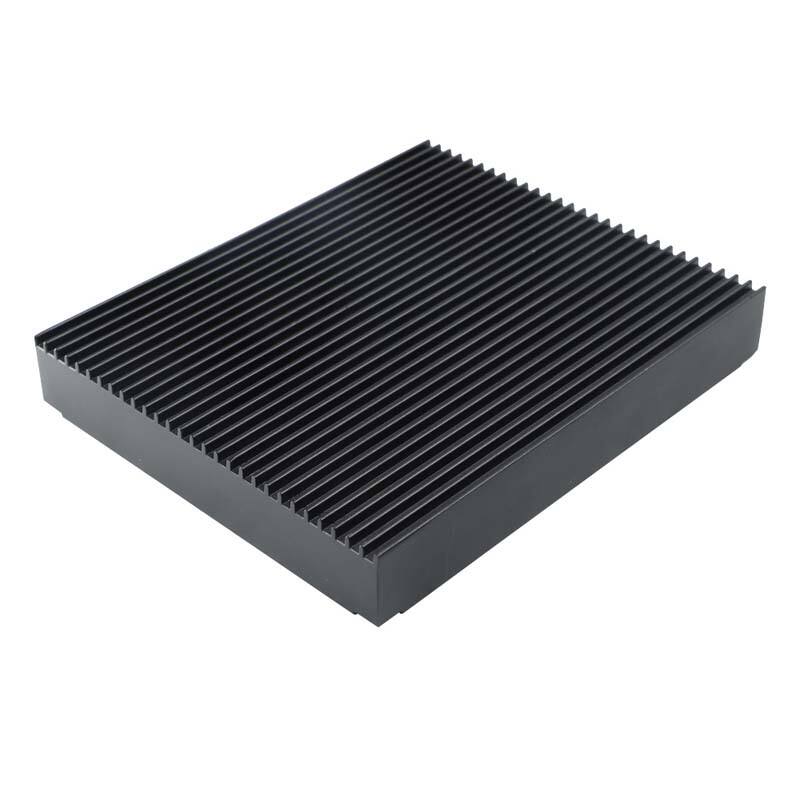Plastic injection moulding is a preferred production process used by various producers to make diverse plastic products. The process has a huge role to play in the production of plastic parts that are used across sectors ranging from automotive, medical and packaging. Plastic Injection Molding - The Basic Definition & Function
Understanding the Kinds of Plastic Materials to be Used in Injection Molding
We covered the broad range of materials used in injection molding before going into such a complex process. A variety of plastics can be used with injection molding, such as thermoplastics and elastomers (thermoplastic or Thermosets).
The materials used in injection molding are mostly thermoplastics. They can also be reheated as they soften again when warm, and re-solidify on cooling. Some examples of thermoplastic materials: PVC, PP and PE.
On the other hand, thermosets are plastics that solidify through a curing or hardening process. These materials cannot be melted and reformed, unlike thermoplastics. Thermoset material - Epoxy and Polyester Last, elastomers are used for making anything that requires high flexibility. Elastomer materials that are commonly used in injection molding include polybutadiene, nitrile rubber and silicone rubbers.
Injection Molding: A Detailed View Of The Process
There are 6 steps in the injection moulding process:
Clamping: The first step is to prepare the mold and hold it tightly into place using an injection molding machine.
Injection: Afterwards, plastic melt is casted in the mold. This flows through a sprue gate to the mold cavities.
Dwell: This stage allows the plastic material to cool and set within the mold.
Instead, cooling: The plastic material is removed to cool after solidification before opening the mold.
Ejector pins push out the cooled plastic material.
Trim: Excess material or flash is trimmed and removed, leaving the plastic part ready for use.
Common Defects When Injection Moulding & How to Avoid Them
Any number and types of issues could occur during injection molding causing faulty plastic parts. Known issues of warpage, sink marks flash and voids.
Warpage is a common issue with plastic such that the plastic part shrinks in an uneven way once it cools down. During cooling, if the part does not cool at an even rate, you will have sink marks on your final design which are dents in the surface. Flash is extra material on the parting line of the mold, voids are air bubbles in plastic parts.
To avoid such defects are the manufacturer should apply correct countermeasures like select right plastic material, ensure proper mold design and keep suitable process parameter i.e. cooling time & injection pressure etc.
Choosing Right Injection Molding Machine for Your Requirement
Selecting the perfect machine is one important to part of your injection molding process according to custom requirements. Machine selection depends on factors like operational size, output requirements and the end product function.
Machinery Plastic material-determining what plastic you are going to injec t- This is determined by your product, Clamp tonnage + size o f mold = Clamping force - Do not need a 50ton machine with an injection or screw capacity high enough for the same shot as...
Then & Now : How Plastic Injection Molding Technology Found Its Innovations and Progress?
In Brief, The manufacture of plastic has come along way since it was first introduced as a moderately successful method over time such methods and practices have been refined or replaced with innovative new ones. These improvements come as a part of technological advancements that have allowed for quicker production times, increased precision in manufacturing methods and higher quality products.
New technologies like electric injection molding machines, 3D printers, and computer-aided design (CAD) are changing the face of this sector. For example, all-electric injection molding machines are known for their energy efficiency and precision... but also they run much quieter than hydraulic models.
To sum up, it is very necessary for people in the manufacturing profession to learn these plastic injection molding technologies. Get yourself acquainted to different types of plastic materials, injection molding process common defects and their remedies, how to avoid them with selection of correct tools (machinery) can improve production rate and quality outcome for any type plastic parts. The investment in technological advancements means that the future of the injection molding industry offers even more exquisite results.





 ONLINE
ONLINE